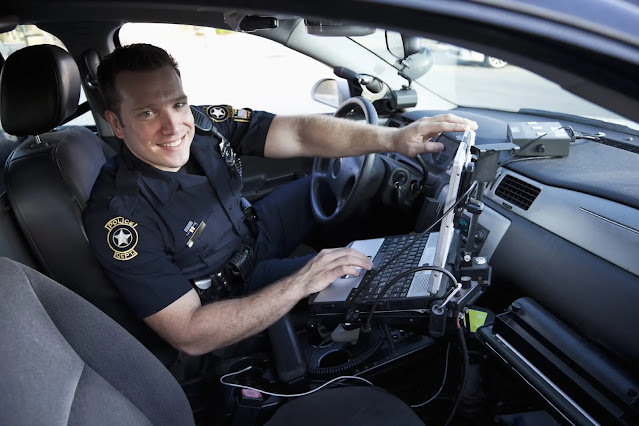How E-Warrants Reduce Delays in Criminal Investigations?
“Justice
Delayed is Justice Denied”
-William E. Gladstone
As per Statista, in
2023, the FBI reported about 1.22 million violent crimes. The FBI’s crime clock
reported that a violent crime occurred every 26.3 seconds in 2019 and in 2017
the Clock reported that a violent crime occurred every 24.6 seconds. The frequency of crime stops for none, and in this
landscape the question is how to reduce the delay in criminal investigations
and serve justice to the victim? The answer is with an e-warrant
system.
For example, imagine a crucial suspect in a
high-profile case is on the move, and here every second counts. However, law
enforcement officers are stuck waiting for a paper warrant to be signed,
physically transported, and filed before they can proceed, while valuable time
slips away. This is where an e-warrant system can save the day.
What Are E-Warrants?
Electronic
warrants, or
e-warrants, are digital versions of conventional paper warrants used by law
enforcement to obtain permission for searches, arrests, or other legal actions.
These electronic systems make it easy for law enforcement officers to continue
the investigation and eliminate necessary delays and inefficiencies that plague
conventional methods.
How Traditional Warrants Cause Delays?
If you are thinking what’s wrong with the old system, let us walk
you through it. The old-school approach to warrants is riddled with
inefficiencies. Officers have to draft a physical warrant, travel to a judge
for approval and then wait for it to be processed. This back-and-forth approach
can take hours or even days, and this can delay the investigations while
potentially letting criminals slip away.
Time-sensitive cases, such as DUIs, drug-related crimes, or
cybercrimes require immediate action. Any delay in these cases means lost
evidence, endangered victims, or missed opportunities to apprehend a suspect.
Paper-based warrants simply can’t keep up with the speed that’s essential in
modern criminal investigations.
How E-Warrants Are the Gamechangers?
As we have already said before, an e-warrant system revolutionizes
the archaic paper warrant process by digitizing and automating most of the
cumbersome steps. Here’s how the e-warrants make a difference:
- Speed and Efficiency: With e-warrants, law enforcement
officers can electronically submit warrant requests in minutes. Judges can
review and approve them remotely, often within moments. This drastically
reduces turnaround time, allowing officers to act swiftly.
- 24/7 Accessibility: A judge may not always be available
in person, especially outside of business hours. E-warrants solve this
issue by enabling judges to review and sign warrants anytime, anywhere,
using secure online platforms.
- Enhanced Accuracy: Human errors, like missing
signatures or incomplete forms, can delay paper-based warrants. E-warrant
systems often have built-in verification checks to ensure all required
information is included before submission, which reduces the risk of
rejection.
- Better Coordination Between
Agencies: Multiple law enforcement agencies often work together on
cases. E-warrants enable seamless collaboration by allowing digital
sharing and tracking of warrants to keep all parties informed in real
time.
- Increased Transparency and
Security: Electronic systems create a digital trail, reducing the
chances of lost paperwork or unauthorized changes, and this enhances the
integrity of the warrant process while promoting legal compliance.
Ready to Get Started with E-Warrants?
Looking for an e-warrant system that can help reduce the silos in law enforcement and streamline criminal
investigation without any delays? Check out the e-warrants at Palatine Technology Group Inc. today. They have cloud-based electronic warrant
solutions that enable judges to work with law enforcement virtually and this
dramatically shortens the time taken to issue arrest and search warrants.



Comments
Post a Comment